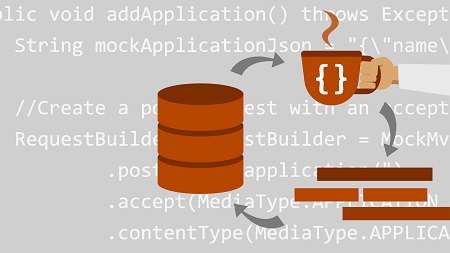English | MP4 | AVC 1280×720 | AAC 48KHz 2ch | 1h 31m | 236 MB
The Java Persistence API (JPA) is the standard for mapping Java objects to relational databases. JPA provides several advantages over traditional data access methods like Java Database Connectivity (JDBC). In this practical course, Kesha Williams discusses these advantages and acquaints you with the basics of JPA, entity management, transaction management, and relationship mapping. Upon completing this course, you’ll be equipped with a firm understanding of JPA and persisting data in Java enterprise applications.
Topics include:
- What is persistence?
- JPA configuration and entities
- Benefits of JPA over pure JDBC
- Managing entities with the EntityManager API
- Creating, persisting, reading, updating, and deleting objects
- Managing transactions
- Advanced mapping techniques using annotations
- How to map relationships
Table of Contents
Introduction
1 Welcome
2 What you should know
Understanding Java Persistence API JPA
3 What is persistence
4 Object relational mapping ORM
5 JPA overview
6 JPA configuration and entities
7 Benefits of JPA over pure JDBC
8 Looking at the course project
9 Review course project tools
Managing Entities with EntityManager
10 EntityManager
11 Creating objects
12 Persisting Objects
13 Reading objects
14 Updating objects
15 Deleting objects
Transaction Management
16 Entity life cycle
17 Managing transactions overview
18 Managing transactions demo
19 Advanced mapping using annotations
Relationship Mapping in JPA
20 Relationships
21 Mapping strategies overview
22 Mapping associations overview
23 Cascading events
Conclusion
24 Next steps
Resolve the captcha to access the links!
